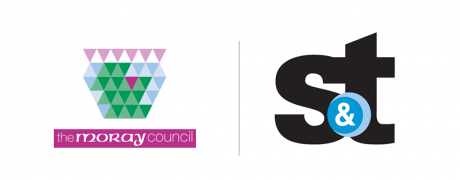 Focus
Focus
Moray has been providing Core training to practitioners since November 2022. Supervisor and manager training is due to begin in summer 2024, with embedding the Safe & Together model in policies to also begin around this time. During this time, development of implementation support and structures have been taking place to ensure that the model can be embedded into systems and strategy. Self-evaluation activities to monitor progress and support strategic planning have been undertaken, highlighting Moray’s commitment to continuous improvement and system change.
Outcomes
Feedback was sought from CORE trainees after they had a minimum of three months post-training. A large proportion of respondents reported that they increasingly focused on the range of protective actions that the non-abusive parent takes to protect their child. Whilst several noted that they did this, to some degree, prior to training these individuals all stated that they had become much more proactive in identifying these measures to the survivor themselves. This was perceived as both empowering for the survivor and beneficial for the support worker’s relationship with them. It is possible this will lead to improved engagement.
| Question | February 2023 | April 2023 | ||||
|---|---|---|---|---|---|---|
| Pre-training | Post-training | + | Pre-training | Post-training | + | |
Very/Completely confident working with families affected by domestic abuse | 22% | 83% | 61% | 9% | 65% | 56% |
|
Very/Completely confident completing interventions and case planning related to domestic abuse (response average) | 8% | 60% | 52% | 6% | 66% | 60% |
‘Failure to protect’ language clearly persists within the region. Encouragingly however, those who had undertaken CORE training overwhelmingly felt sufficiently empowered to challenge this when they encountered it. Regarding difficulties encountered when employing the model, responses fell into two categories: a lack of support for the model’s use with practitioner’s agencies, and a lack of awareness of the model in other agencies. This resulted in other agencies acting in counterproductive and sometimes actively harmful ways. Agencies repeatedly identified as failing to implement the S&T model were, as already mentioned, social work and the entire criminal justice system (from Police Scotland to COPFS, and defence solicitors to the judiciary and court staff). A further difficulty noted across several agencies is that new staff are not receiving S&T training at induction and, apparently, turnover is extremely high in Moray at present risking diluting any potential impact.
Enablers
Clear frameworks and processes for evaluation and evidencing the impact of domestic abuse-informed practice have been useful in developing the self-evaluation activities. Additionally, budget and logistical support from external agencies has been beneficial in building capacity.
Barriers
There appears to be limited staff and leadership knowledge and understanding of domestic abuse-informed principles and approaches across organisations in Moray. This is further impacted by the lack of organisational capacity for staff to access training and implementation support to gain this knowledge. The American context and language of the Safe & Together materials has been highlighted as a barrier to effectively engage with the training materials. Updating these in line with Scottish language and policy context to reflect child and adult protection procedures, GIRFEC, GDPR and human rights legislation would be welcomed. Lastly, the short-term nature of funding cycles disrupts longer term planning for implementing the Safe & Together model.